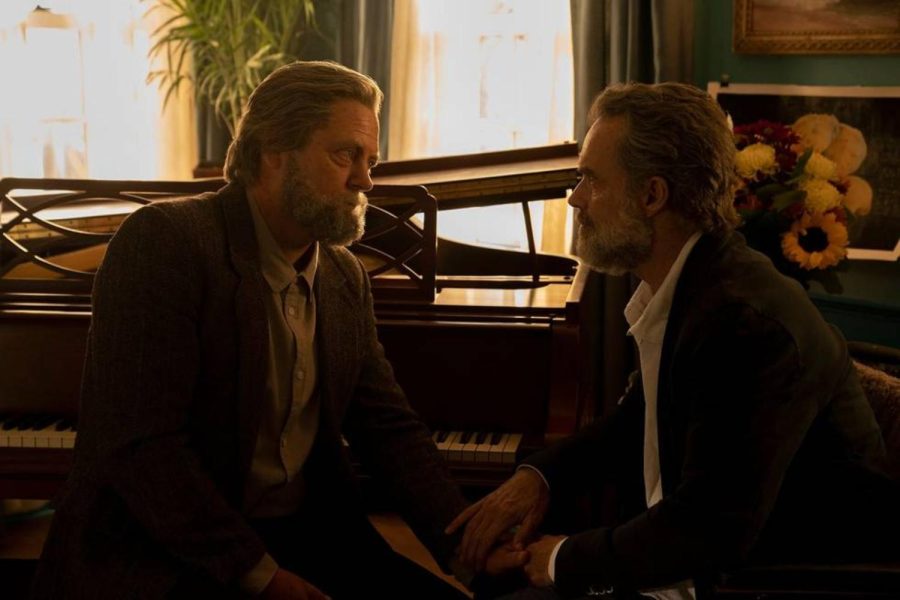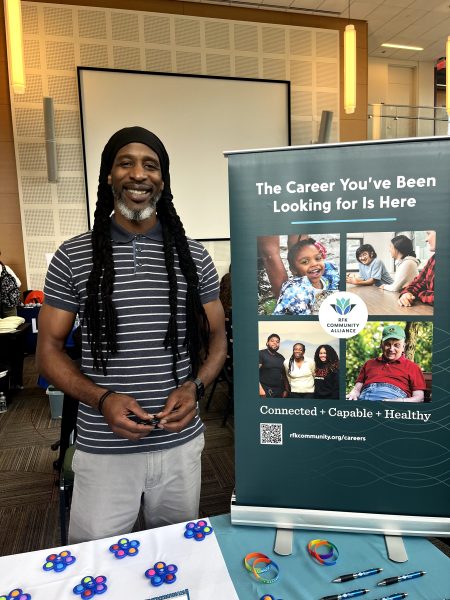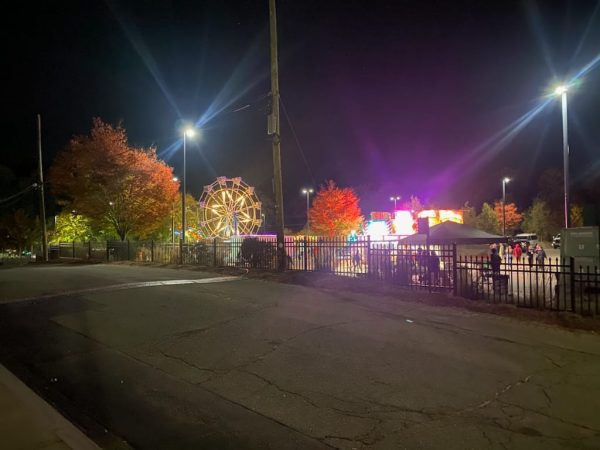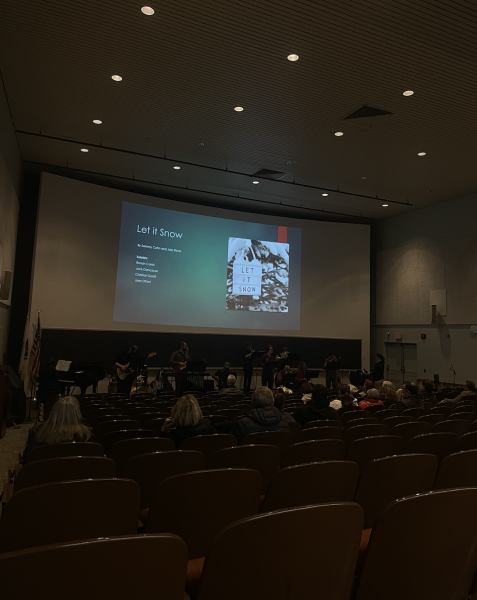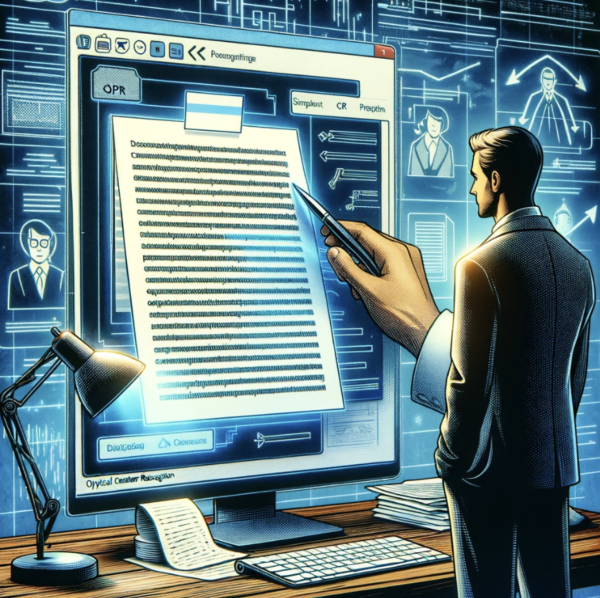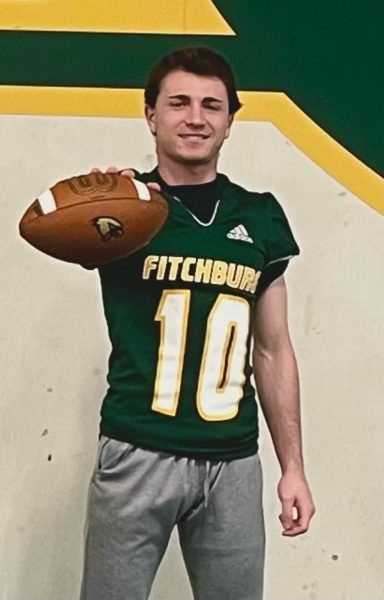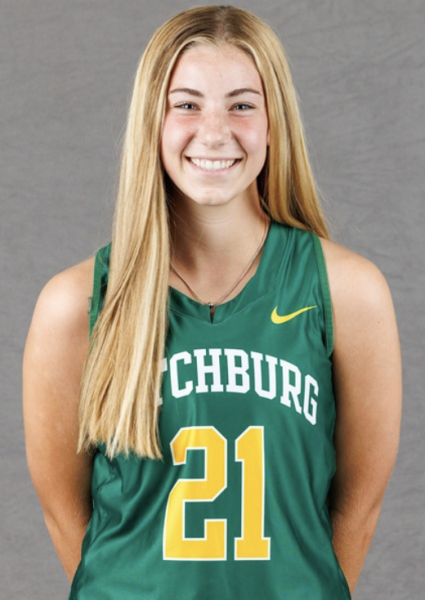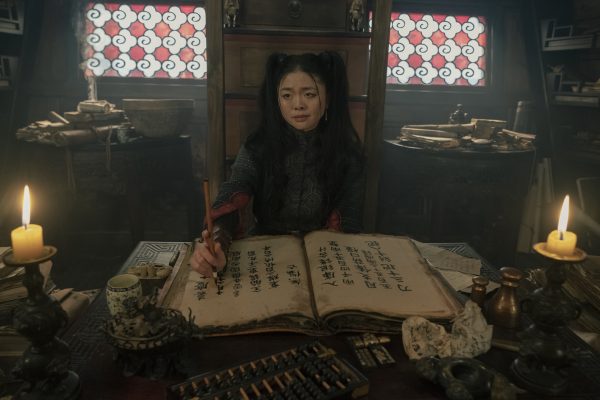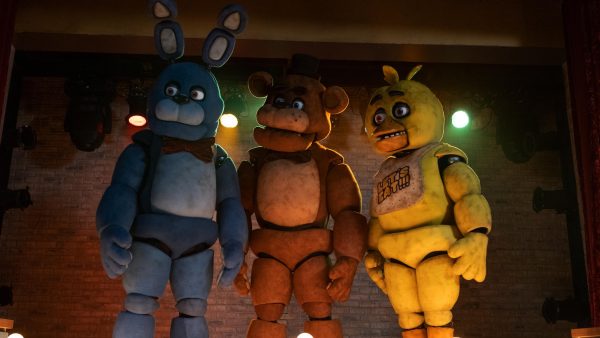LGBTQ+ Representation Done Right: HBO’s “The Last Of Us” Sets New Standard For Queer Love Stories
Photograph by Liane Hentscher Courtesy of HBO
It is unfortunately a surprise to no one that well-written LGBTQ+ representation is very hard to come by. As a queer person, seeing representation of LGBTQ+ characters and storylines that are relatable to my experience in the media that I choose to consume is something that is crucial for me. Even the best examples of LGBTQ+ representation come short in some cases. It’s very common for queer stories and characters to be thrown in as lackluster afterthoughts, only a part of the story for diversity points; but HBO’s “The Last Of Us” might’ve just set a new standard for how to display positive queer stories in media.
HBO’s “The Last of US” is a TV series adaptation of the 2013 video game by the same name, released originally for the PS3 in 2013. It follows the story of how the world deals with the aftermath of a mutant Cordyceps fungus that makes the jump to humans, eradicating most of humanity by taking over their bodies and minds, turning them into zombie-like creatures whose only purpose is to spread the infection further.
Major spoilers ahead, proceed with caution: In the third episode, “Long, Long Time”, we get a flashback to 2003 when the outbreak first began, and are introduced to Bill, played by Nick Offerman, a reclusive conservative doomsday prepper in suburban Massachusetts who has avoided being taken to the Boston quarantine zone by hiding in his underground bunker. We then see multiple time skips of Bill enjoying his solitude. This is until one timeskip where we meet Frank, played by Murray Bartlett, who is actually an openly gay man himself.
Frank tells Bill that he was originally with a group of 10 from the Baltimore Qz which no longer exists, and they were on their way to the Boston QZ, when frank fell into one of Bill’s traps. Bill invites Frank inside to let , lets him shower and, cooks him dinner., The two bond over a piano, taking turns playing a Linda Ronstadt song, before sharing a kiss.
What follows is one of the greatest sequences I have ever seen, and will most certainly go down in television history. We get a full episode that functions as one big montage of Bill and Frank’s lives together, through multiple time jumps, following the domestic life of the two, including the good and the bad. Amidst an apocalyptic nightmare scenario, Bill and Frank are able to defeat the odds, which makes for an unexpectedly beautiful story of how they grow old together.
During this sequence, we are set up to believe that Bill is going to die from a gunshot wound to the torso he is inflicted with after fighting off raiders, attempting to infiltrate into Bill and Frank’s little fenced off section of abandoned humanity; But then the audience is thrown a curveball when out of nowhere we have another time jump 10 years into the future, and learn that Frank is actually the one who is dying. Battling an undisclosed illness that has left him wheelchair bound and reliant on medication—something that is already hard to deal with in the modern world, let alone in the apocalypse—and a shell of the man that we met at the beginning of the episode.
Frank tells Bill that “today is his last day” and the two share one final day together, going to the boutique store that Frank fixed up to pick out suits, get married—something that people online have noted is bittersweet, since gay marriage was not legalized in Massachusettes until 2004 and the outbreak happened in 2003—have one final meal together, and then die together in each other’s arms.
One of the most gut-wrenching lines from the entire episode is from Bill when he reveals to Frank that he won’t be going out by himself, and that he will be dying as well.
“This isn’t the tragic suicide at the end of the play. I’m old. I’m satisfied. And you were my purpose,” Bill said to Frank.
I cried multiple times during my first watch-through, and it moved me so much I’ve now re-watched it twice while working on this article.
“My philosophy on this show has always been, ‘When should we deviate and when should we come back?’ If it’s kind of the same, or worse, we stay where the game is. If it’s better, we deviate.” Said Neil Druckman, writer and executive producer on the show, and the original creator of The Last of Us video game.
The way that Bill and Frank’s story is adapted to the tv show is completely different from what we were shown in the game. In the original source material, we only meet Frank postmortem, after hanging himself after being bit by an infected, to avoid turning. We are able to get a far more beautiful story in this way, and I definitely agree that the way Bill and Frank are portrayed in the series is eons better than the game.
This episode is the antithesis of “Bury Your Gays” which is an all-too-overused trope in media of killing off LGBTQ+ characters for the sole purpose of plot progression, because their lives are traditionally viewed as having intrinsically less value than the heterosexual characters that are typically the focus of the narrative. Dedicating an entire episode to developing the background of these characters, that otherwise we never would even meet, lets the audience fully invest in their lives. For just a moment, we as the audience forget that we are watching a zombie show, and that the world has ended: Because for these two, it hasn’t. There is no societal pressures, no homophobia, no conflict just for the sake of conflict; Just a pure, unfiltered, and realistic portrayal of queer love.
Elliot Zopatti is a junior at Fitchburg State University, and this is his first semester as a staff writer for The Point. They are majoring in Communications...


